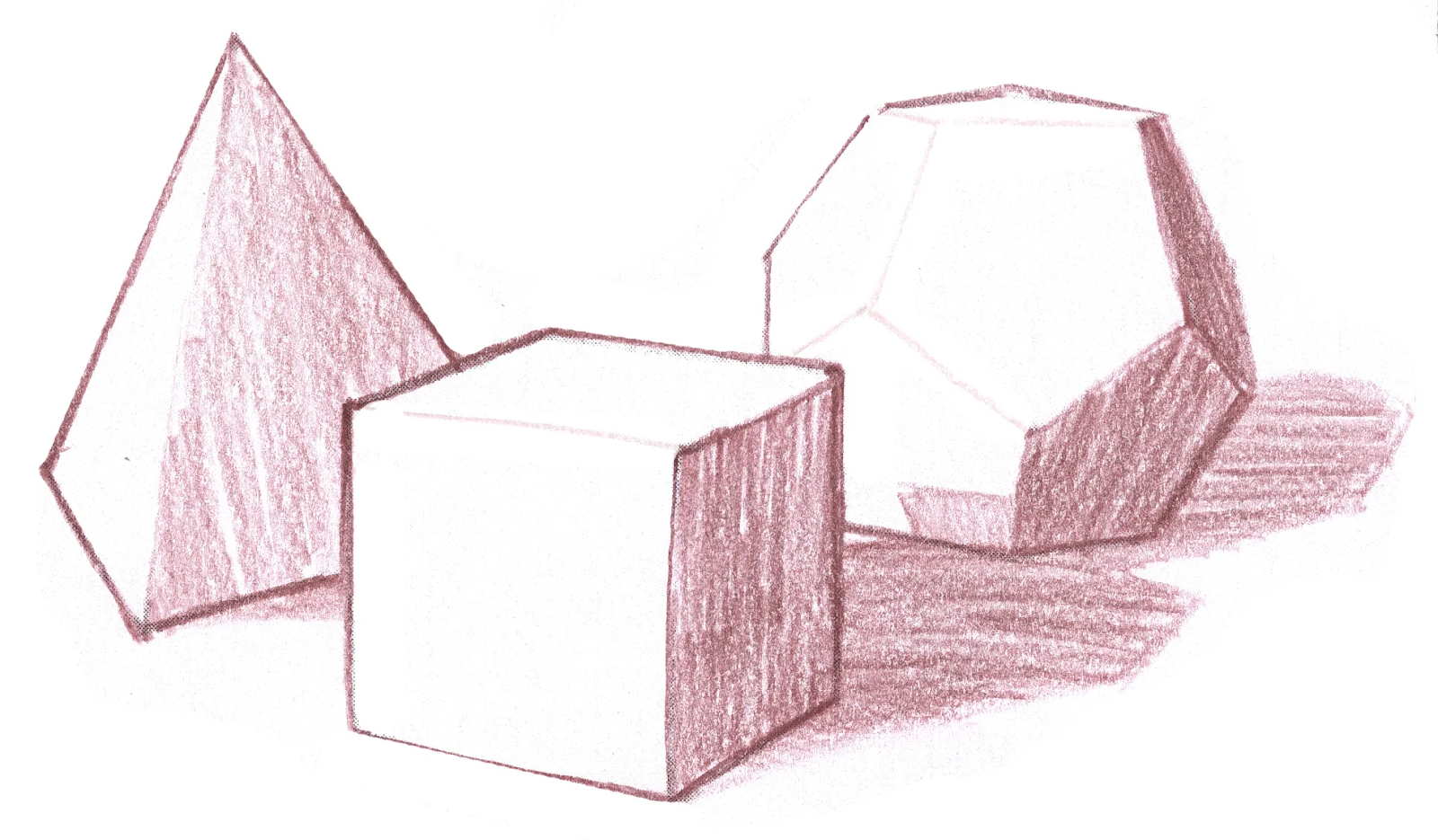
Drawing in the Zone Lesson: Enhancing Artistic Focus and Skill Development
In the realm of art education, mastering the ability to focus and engage deeply with the creative process is crucial. The “Drawing in the Zone Lesson” is an advanced pedagogical approach designed to cultivate a state of immersive concentration and improve drawing skills. This lesson not only helps students refine their technical abilities but also fosters a profound connection between their inner creativity and artistic output. This article explores the core elements of the Drawing in the Zone Lesson and its impact on artistic development.
Understanding the Drawing in the Zone Lesson
The Drawing in the Zone Lesson is a structured exercise aimed at guiding artists into a focused and meditative state during their drawing practice. The term “in the zone” refers to a mental state characterized by deep concentration, where artists are fully absorbed in their work, often losing track of time and external distractions. This lesson is designed to facilitate such an immersive experience, allowing artists to unlock their full creative potential.
Objectives of the Lesson
- Enhanced Concentration: One of the primary objectives of the drawing in the zone lesson is to enhance the artist’s ability to concentrate. By creating an environment conducive to focus, artists can more effectively block out distractions and immerse themselves in the drawing process.
- Skill Refinement: The lesson emphasizes the refinement of technical drawing skills. Through focused practice, artists can hone their techniques, improve their observational skills, and achieve greater precision in their work.
- Creative Flow: Achieving a state of “flow” is central to the Drawing in the Zone Lesson. Flow is a psychological state where artists experience a seamless connection between their thoughts and actions, leading to a more fluid and expressive artistic output.
Implementing the Lesson
- Creating a Conducive Environment: To draw in the zone, it’s essential to create an environment that minimizes interruptions and distractions. Artists should select a quiet, well-lit space that fosters a sense of calm and focus. The setup should include all necessary materials and tools within easy reach to maintain a smooth workflow.
- Warm-Up Exercises: Before diving into the main drawing session, warm-up exercises are crucial. These activities help artists loosen up their hands and minds, making it easier to enter a focused state. Simple exercises like gesture drawing or contour studies can prepare artists for more detailed work.
- Focused Drawing Techniques: During the lesson, artists are encouraged to use techniques that promote concentration. This includes setting specific goals for each session, such as mastering a particular technique or completing a specific portion of the drawing. Artists should also practice mindfulness, staying present and attentive to the details of their work.
- Reflection and Review: After the drawing session, reflection and review are integral to the Drawing in the Zone Lesson. Artists should take time to assess their work, identify areas for improvement, and consider how effectively they maintained focus. This reflective process helps consolidate learning and enhances future practice.
Benefits of the Drawing in the Zone Lesson
- Improved Technical Skills: Regular practice with the Drawing in the Zone Lesson leads to improved technical drawing skills. Artists develop greater control over their medium, enhance their ability to capture details accurately, and achieve higher levels of precision.
- Increased Creative Output: By fostering a state of deep concentration, the lesson helps artists produce more innovative and expressive work. The flow state achieved through this practice allows for more spontaneous and original artistic expression.
- Enhanced Mental Discipline: The Drawing in the Zone Lesson cultivates mental discipline, teaching artists how to maintain focus and resist distractions. This skill is valuable not only in art but also in other areas of life where sustained attention is required.
- Greater Artistic Satisfaction: Artists who regularly engage in the Drawing in the Zone Lesson often experience a greater sense of satisfaction with their work. The immersive nature of the practice allows for a deeper connection to their artistic process and a more fulfilling creative experience.
Conclusion
The Drawing in the Zone Lesson represents a sophisticated approach to art education, emphasizing the importance of focus, technique, and creative flow. By implementing this lesson, artists can achieve greater concentration, refine their technical skills, and produce more expressive and original work. The lesson’s structured approach not only enhances artistic abilities but also fosters a deeper connection between the artist and their craft. As artists continue to explore and practice drawing in the zone, they unlock new levels of creative potential and achieve a more profound artistic fulfillment.








